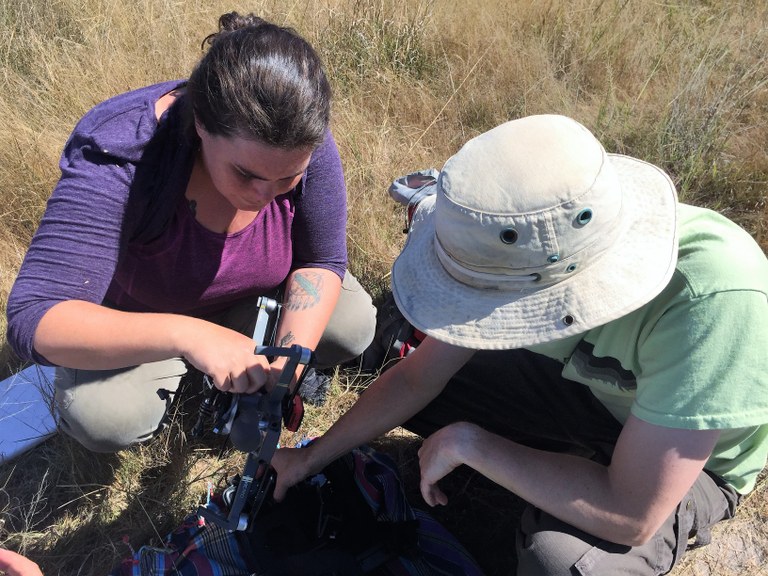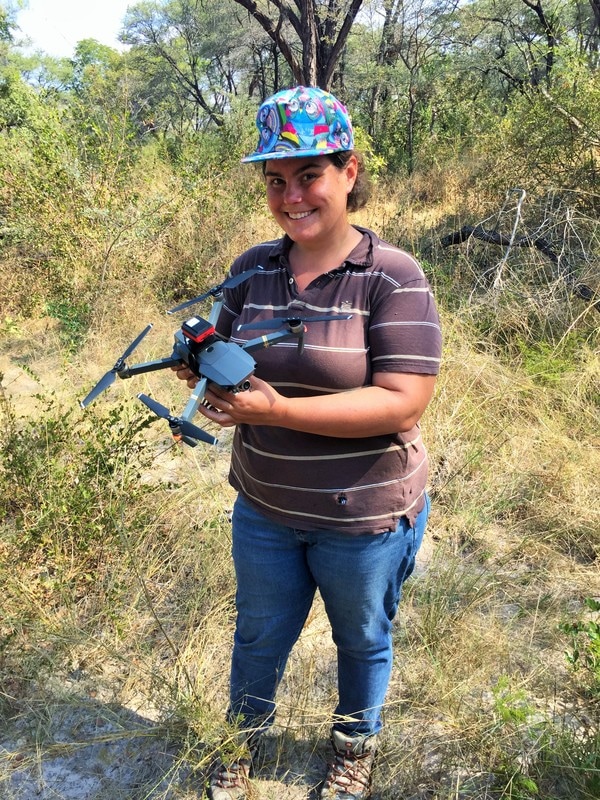UAS Research in Southern Africa
UofL Geographers lead the way...
During the summer of 20176 a team of faculty researchers and graduate students from the UofL Department of Geography and Geosciences led a field expedition to locations around Southern Africa to explore the viability of using small unmanned aerial systems (UAS) to assess environmental conditions and human impacts in rural communities. Dr. Andrea Gaughan and Dr. Forrest Stevens are part of an interdisciplinary team studying how communities and their households, land use, and climate interact to create or mitigate vulnerability in the Kavango-Zambezi Transfrontier Area of Southern Africa. This NSF-funded three year project just completed its first full season of field work, collecting 240 household surveys across two community areas in Botswana and Namibia as well as conducting biophysical field assessment with reference data collected from the combination of transects and unmanned aerial systems data. Find out more about the project here: http://kazava.weebly.com/.

Geography Master's candidate provides critical support.
In support of Dr. Gaughan and Dr. Stevens over the course of their 2017 Africa fieldwork, recent Fulbright Scholar and UofL Geography and Geosciences grad student Ariel Weaver played a key role in conducting the UAS field work. She will be incorporating the field data that she collected during her Fulbright experience to compare two different remote sensing methods for land cover classification, Object Based Image Analysis and Random Forests, to approximate the human footprint in the Zambezi Region of Namibia. Her research interests include: sustainable social ecological systems, conservation, development, and remote sensing applications. She has also been working as a graduate assistant the NSF-funded project (#1560700) known as KAZAVA (http://kazava.weebly.com/), which examines vulnerability and adaptation in the context of environmental and climate variability for community conservation areas Southern Africa. During her stay in Africa she also volunteered, and taught Wildlife Conservation classes at the University of Namibia’s Katima Mulilo campus.

